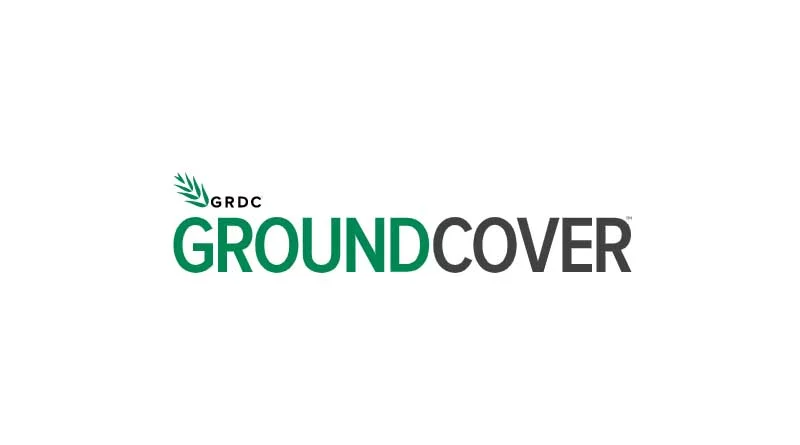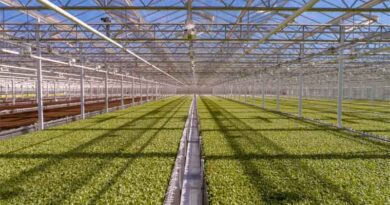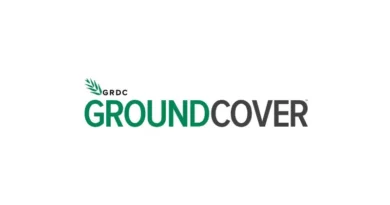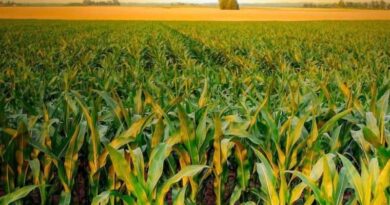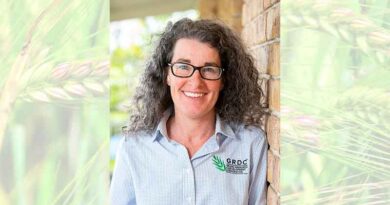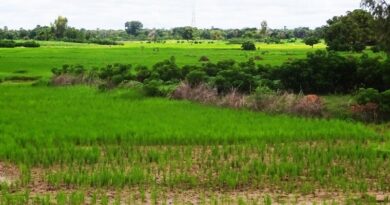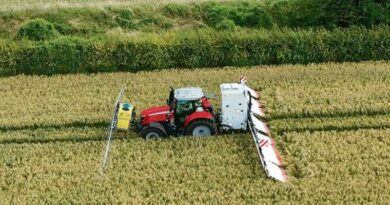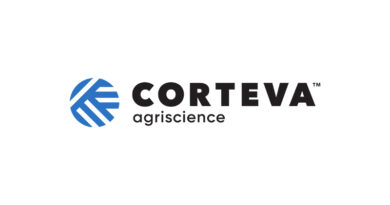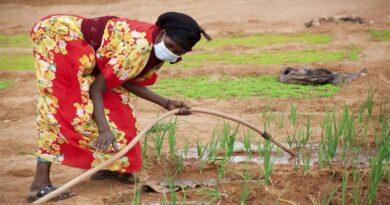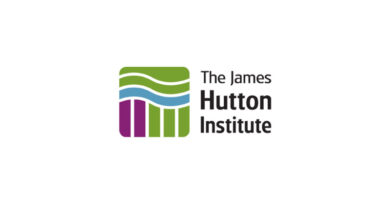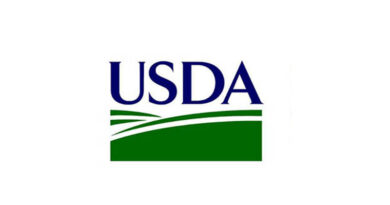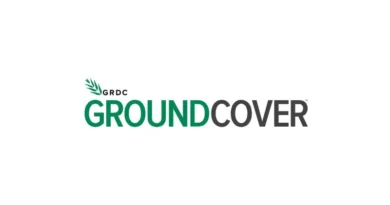New resources for growers considering fertiliser options amid shortages
05 October 2023, AU: In response to the urea shortage currently being experienced in Australia’s northern and southern regions, the Grains Research and Development Corporation (GRDC) has published new resources for growers.
To support growers and advisers considering on-farm storage, GRDC has published ‘Investing in fertiliser storage infrastructure’, available online to read and download.
GRDC Grower relations manager – north Vicki Green, says the resource contains technical information regarding the characteristics of both solid and liquid fertilisers and explains how this can influence the suitability and safety of on-farm storage.
“We’re aware the recent urea shortage has led to pressure on growers to consider how they can take greater control of their fertiliser decisions. This publication, created in response to issues raised via GRDC’s NGN (National Grower Network), showcases the experiences of six growers who utilise on-farm fertiliser storage for exactly that,” Ms Green says.
In addition, GRDC is also reminding growers of the importance of fertiliser supply management and how to prevent getting caught short again via GRDC update events and podcasts.
Agricultural procurement specialist Robert Dawes spoke at a recent GRDC Farm Business Update event where he highlighted important factors when it comes to negotiating supply and managing relationships with suppliers in the current environment.
“The current urea supply situation is a combination of multiple factors that have caught growers off guard, especially in eastern Australia between Toowoomba and the Eyre Peninsula,” Mr Dawes says.
“Leading up to June, weather forecasters predicted a dry winter. For growers, this meant they weren’t placing orders for urea because they didn’t think they’d need it, and so suppliers weren’t contracting to importers.
“In addition to that, we also had a falling urea price, so it didn’t look like growers had to be in a rush to purchase product, some were happy waiting to purchase, because it didn’t look like there would be a supply risk – as was the case during the COVID-19 pandemic and its aftermath.”
Mr Dawes spoke about the importance of relationships and supply management, and how to prevent getting caught short again, during a podcast published by GRDC: Urea supply and nitrogen decision making.
Fertilizer Australia executive manager Stephen Annells says the northern and southern regions were especially impacted compared to western regions and will be considering actions they can take to reduce risk.
“In Western Australia this year, fertiliser suppliers estimate they have met 85 – 90 per cent of the urea requirement but it’s more challenging to estimate supply and demand in other states where it varies from location to location,” Mr Annells says.
GRDC Grower relations manager – north Graeme Sandral, says that in regions where growers are considering the weather outlook and summer cropping conditions, liquid nitrogen may be an option.
“When choosing between nitrogen application methods, cost should be considered as foliar N tends to be more expensive,” Mr Sandral says.
“It’s also important to carefully select rates to prevent leaf burn when using a boom spray. The other application method is with a streaming bar or dribble bar – in this case, application is directly on to the soil.
“For the best yield results, N applications should ideally be applied at or just before stem elongation. The best grain protein results occur with application at fully expanded flag and first anthers visible. In both cases N uptake results are improved with follow up rain.”
Mr Sandral says that potential nitrogen products are:
- UAN (32% N, urea and ammonium nitrate) best applied with dribble bar or foliar. Products include Easy N, Flexi-N and N42.
- AN solution (25% N ammonium nitrate) best applied with dibble bar to soil. Products include AN25, Liquifert Pinnacle®.
- Urea solution (24% N, undergo hydrolysis to ammonium once applied) best applied with boom spray (foliar). Maybe in short supply.
- UAS (27% N and 7% S, urea + ammonium sulphate) apply to soil (dribble bar) or foliar (boom spray).
- AS liquid (21% N and 24% S as ammonium sulphate). Applied to soil only via dribble bar. Products include SOA and AMSul.
“The best approach is to discuss options with your agronomist and local fertiliser supplier. They will have the necessary technical information to guide best practice, Mr Sandral says.
(For Latest Agriculture News & Updates, follow Krishak Jagat on Google News)

